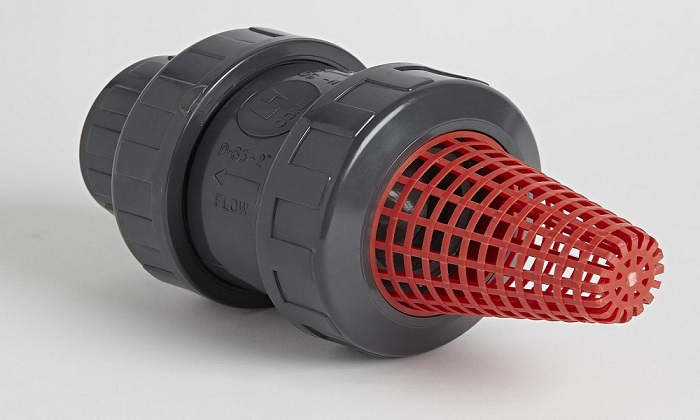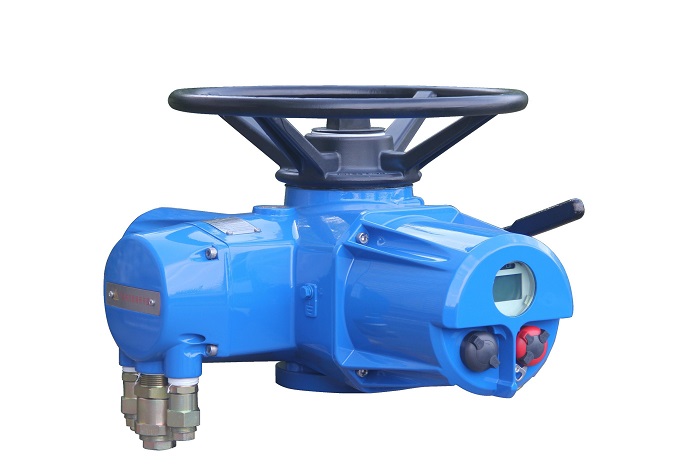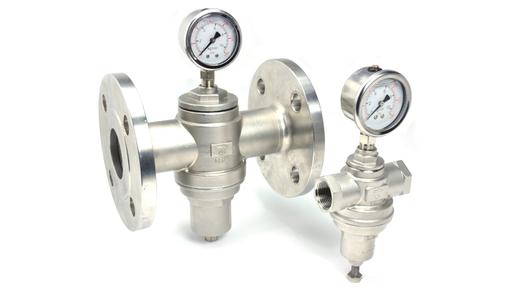Scaffolding: Enhancing Safety and Efficiency in Construction
In construction, scaffolding is a key element, providing temporary platforms for workers and materials during building, maintenance, and repair tasks. Its role in ensuring safety and efficiency on job sites is critical. This guide explores essential aspects of scaffolding, answering common questions and highlighting its importance. We will also look at the connection between scaffolding and other construction materials, such as geomembranes.

What is scaffolding, and why is it essential in construction?
Scaffolding consists of temporary structures that support workers and materials in the construction or repair of buildings and other large structures. It is essential for several reasons:
- Safety: Offers a stable and secure platform for workers at different heights.
- Accessibility: Enables access to elevated or hard-to-reach areas.
- Efficiency: Properly set up scaffolding can significantly speed up construction or repair processes.
What types of scaffolding exist?
Several types of scaffolding are used in construction, each tailored to specific needs:
- Tube and Coupler Scaffolding: Highly adaptable and suitable for irregular or complex structures.
- Frame Scaffolding: Simple to assemble and disassemble, commonly used in residential and commercial buildings.
- Suspended Scaffolding: Suspended from the top of structures, often used for tasks like window washing or painting high-rise buildings.
- Cantilever Scaffolding: Supported on one side, used when ground conditions are unsuitable for traditional scaffolding.
How does scaffolding improve construction project efficiency?
Scaffolding is integral to enhancing the efficiency of construction projects in several ways:
- Streamlined Workflow: Facilitates quick and safe movement between different levels of the structure.
- Time Savings: Enhanced access to all parts of the building minimizes downtime and accelerates project completion.
- Material Handling: Many scaffolding systems include hoists and platforms, simplifying material transportation.
What is the connection between scaffolding and geomembranes in construction?
Geomembranes are synthetic barriers used mainly for waterproofing and environmental protection. Their usage often coincides with scaffolding in various construction scenarios:
- Waterproofing: Scaffolding assists in installing geomembranes on building foundations, roofs, and other areas requiring waterproofing.
- Erosion Control: In projects like dam or landfill construction, scaffolding helps workers accurately place geomembranes over extensive areas to prevent erosion.
- Containment Systems: Scaffolding enables access to areas where geomembranes are deployed to create barriers in containment systems, such as waste management facilities.
Scaffolding is a cornerstone of the construction industry, ensuring safety, accessibility, and efficiency on job sites. By understanding the various types of scaffolding and their applications, construction professionals can better plan and execute their projects. The integration of scaffolding with other materials, such as geomembranes, underscores its versatility and essential role in contemporary construction practices. Whether constructing a high-rise building or implementing environmental protection measures, scaffolding remains indispensable for construction success.




